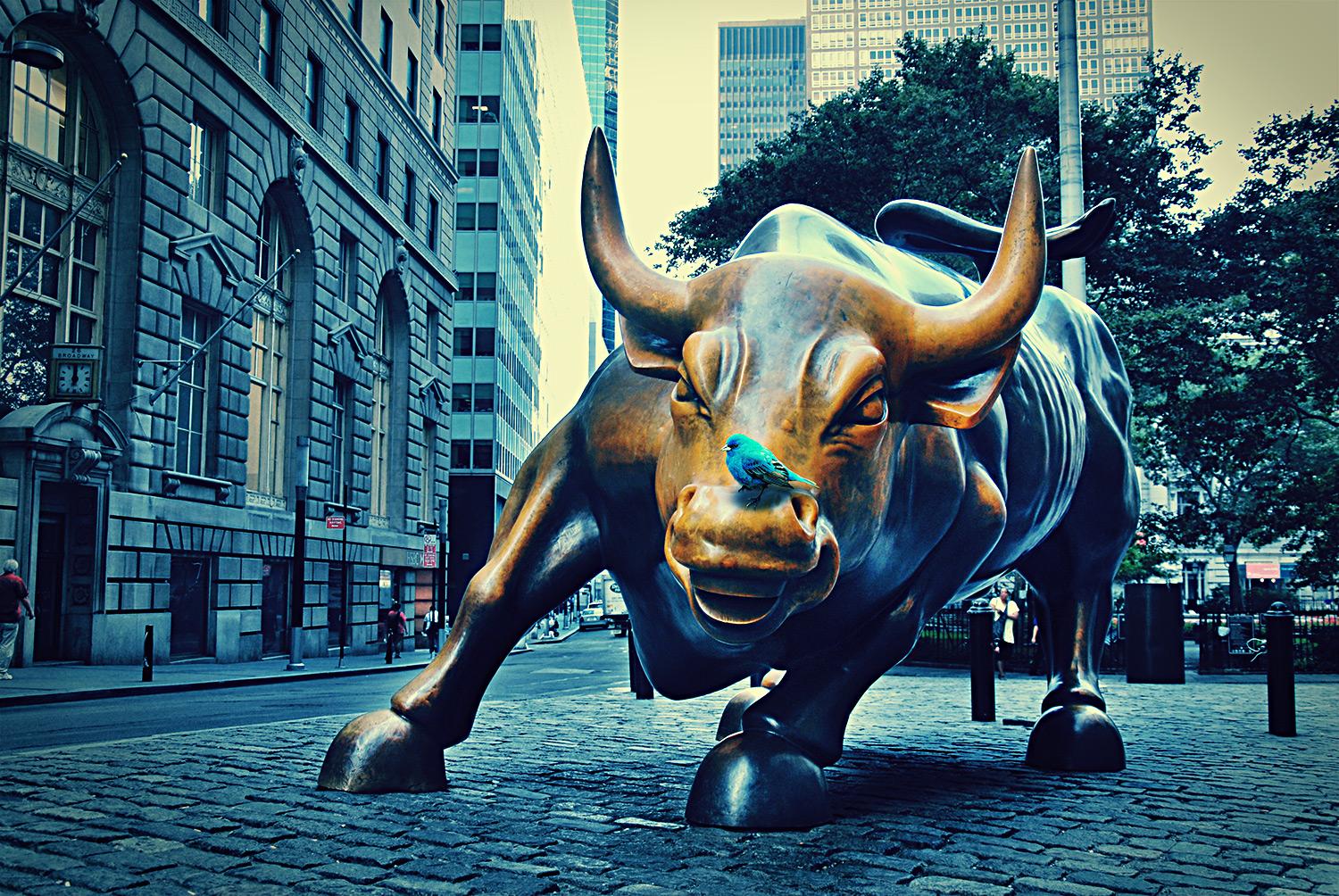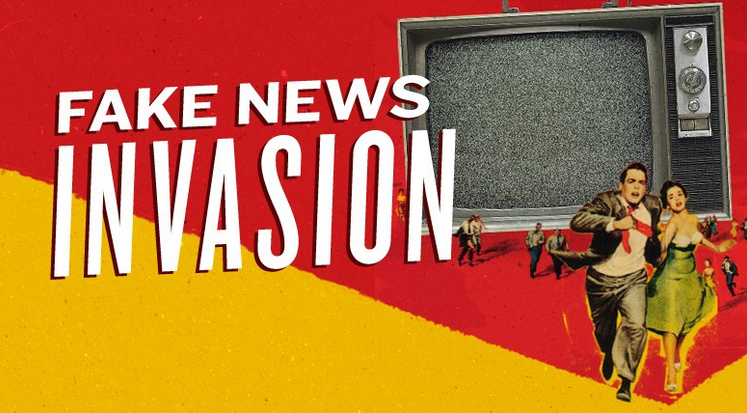By: Chris Lewitzke

(Source: Tier10)
At 9:30 AM last Thursday, a new stock hit the New York Stock Exchange: TWTR. In what will end up as the highest profile initial public offering of the year, Twitter, Inc. released 70 million shares at $26 per share. Twitter’s offering is the largest IPO (Initial Public Offering) from a U.S. technology company since Facebook went public in May of last year, although the same questions remain about profitability and business models that plagued Facebook after its IPO.
Despite these concerns, interest in the TWTR stock has been extremely strong for the past month. Only a few weeks ago, Twitter was expected to open at $17-20 per share, but Thursday’s offering of $26 was 40% higher than the expected price due to high demand from investors. More telling of high demand, though, is that by noon Thursday, Twitter’s stock price had risen to above $45, closing the day at $44.90. Twitter founder Evan Williams (no relation) also closed the day as a billionaire. While much of this interest was likely driven by inexperienced investors who wanted to buy Twitter stock because they had heard of the company (not the best investing advice in general), such a strong performance on day one bodes well for the future of the stock.
Such a successful first day is even more impressive in light of Facebook’s IPO a year and a half ago. After technical problems with NASDAQ delaying the beginning of trading (one of the reasons Twitter chose to list on the NYSE), Facebook’s price quickly rose to $45. However, by closing bell, the stock price had dropped to $38.23, a disappointing introduction to public trading.
Some financial analysts have been wary of investing in social networking sites because, despite their popularity, the numbers just don’t add up. Over the past year, Twitter has reported a revenue of $317 million. By pricing 70 million shares at $26 each, the IPO suggests an $18 billion valuation, over 50 times the current annual revenue. Key questions remain about how Twitter can grow this revenue to such a high level. Assuming Twitter never moves to a “pay to tweet” model, nearly all of the revenue generated will have to come from advertising.
How feasible is a billion dollar revenue projection in the near future? Chuck Jones, analyst for Forbes, believes 2015 could be the year Twitter hits the $1B mark. If Twitter intends to hit that mark, it will have to include more ads than ever before on the website even after increasing advertising revenue by 113% in the June quarter year after year. Will too many ads drive away users, though? Already, 29% of Facebook users say there are too many ads on the site, according to a Magid survey.
Due to the fear of advertising fatigue from users, Twitter will be forced to expand its user base rather than swamping current users with more ads. Currently, Twitter has about 218 million active users with a majority of those users coming from within the United States. While that may seem like a large number, only 16% of American Internet users are on Twitter. That’s a much lower percentage internationally. Twitter must expand its appeal to a mass audience if it hopes to live up to the high expectations generated from the IPO. The social networking site is especially appealing to young adults, African-Americans, and urban residents. While this demographic is valuable to marketers, a multi-billion dollar company cannot subsist on such a small subset alone.
How can Twitter market itself to a wider audience beyond young adults who want to hear themselves complain about their lives and make bad jokes [Ma1] ? Currently, there’s an opportunity for Twitter to become more of a news aggregation source that could cater to a middle-aged audience. With the death of print newspapers and the lack of nonpartisan news websites on the Internet, Twitter is in the perfect position to become a place where the average American reads his or her news. Such a jump, though, would take a fair bit of rebranding and a larger foray into traditional media that will reach a mass audience.
So what will users of Twitter experience when using the site in 2020? This is obviously difficult to predict, especially considering how much the site has changed in seven short years (the original homepage of Twitter is unrecognizable). However, users will likely see a fair amount of content-based ads integrated with their newsfeed to boost Twitter’s revenue. Also, as Twitter becomes more mainstream, changes will be made to the desktop and mobile sites to cater to that audience, much like the tweaks Facebook has made to its design. However, it’s certain that the words “hashtag” and “retweet” aren’t leaving our vocabularies any time soon. With a strong IPO and immense potential, Twitter is here to stay.
Bottom line? Don’t forget to follow GPR @GAPolitical.


